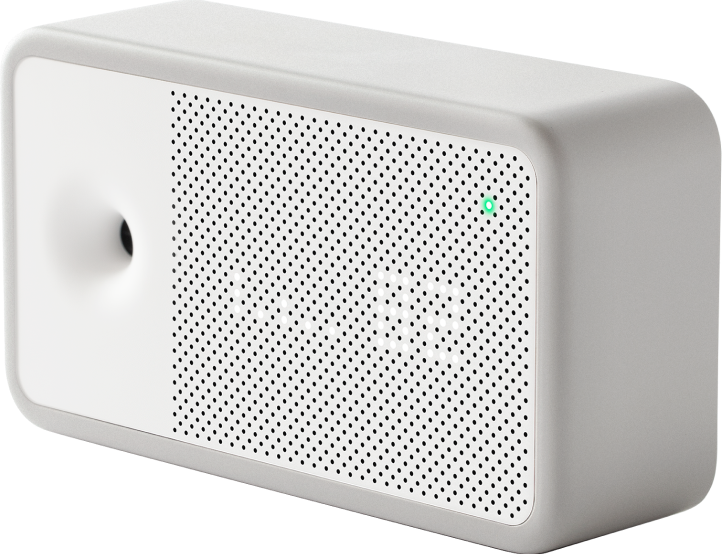Estimated reading time: 5 minutes
We consider air quality a risk faced outside, but indoor air can also be polluted. Smoke, vapors, mold, and chemicals used in certain paints, furnishings, and cleaners can all affect indoor air quality and our health.
As someone who’s spent years teaching my clients how to build and improve their living environments, I’ve realized that the air we breathe at home is often overlooked, yet it’s crucial to our daily well-being. Let’s explore why indoor air quality matters and how we can take simple steps to improve it.
Why Should We Care?

Think about this: we spend about 90% of our time indoors, taking around 20,000 breaths daily. The air quality in those breaths can significantly impact our health, comfort, and even our productivity. Poor indoor air quality has been linked to a range of health issues, including headaches, fatigue, respiratory issues such as asthma and allergies, and long-term health concerns such as heart disease and cancer. It can also affect our comfort and productivity, making us feel tired and less focused. Improving indoor air quality can reduce your risk of these health problems and create a healthier, more comfortable living environment.
But here’s the challenge – unlike outdoor pollution that we might see or smell, indoor air quality issues are often invisible. So, how do we address something we can’t see?
Understanding Your Indoor Air

First, let’s demystify indoor air quality. Common pollutants include:
- Dust and allergens
- Volatile Organic Compounds (VOCs) from paints, furniture, and cleaning products
- Mold spores
- Carbon dioxide from our breathing
- Outdoor pollutants that make their way inside. A radioactive gas called Radon is one of the most prevalent air quality pollutants in existing homes and new construction.
Learn more about Radon in the podcast below, as they address how the gas is mitigated and how to build a mitigation system into new construction.
GO HERE to locate your state’s Radon policy and where to obtain a test kit. GO HERE to purchase a test kit. I recommend the long-term test kit.
Each home is unique; air quality depends on location, ventilation, and daily activities. It’s important to note that even new homes can have air quality issues, as modern building materials and furnishings often emit VOCs.
Simple Steps for Cleaner Air
Improving your air quality doesn’t have to be complicated or expensive. I monitor my indoor air quality with the Awair Element and use the accompanying smartphone App. This type of technology can provide real-time data on your air quality, helping you make informed decisions.
Here are some straightforward actions you can take:
- Ventilate: Open windows when weather permits to let fresh air circulate.
- Green up: Indoor plants can help filter the air naturally. Some effective air-purifying plants include spider plants, peace lilies, and snake plants.
- Clean wise: Regularly use non-toxic cleaning products and vacuum with a HEPA filter.
- Filter wisely: Change your HVAC filters and consider an air purifier for problem areas.
- Control humidity: Keep humidity levels between 30-50% to discourage mold growth.
- Be aware: Pay attention to how you feel at home. Persistent headaches or stuffiness might be related to air quality.
- Reduce chemical use: Opt for natural alternatives to harsh chemicals when possible.
- No smoking indoors: If you smoke, do it outside and away from open windows or doors.
The Power of Small Changes
You might question, ‘Will these small actions make a difference?’ The answer is a resounding yes. Every step to improve your air quality is an investment in your health and comfort. It’s not about achieving perfection but creating a healthier home environment over time. Remember, even the smallest change can significantly impact your indoor air quality.
You hold the key to influencing your indoor air quality. These changes don’t demand a complete lifestyle overhaul – they’re about making informed choices and gradual improvements. You are in control of the air you breathe, and you have the power to make it cleaner and healthier.
Creating a Supportive Community
Improving air quality isn’t just an individual endeavor—it’s a collective mission we can embark on together. Share your experiences with friends and neighbors. If you’ve discovered a great air-purifying plant or a non-toxic cleaning product that works well, spread the word. Creating a community that values clean air can make it easier for everyone to breathe and contribute to a healthier environment.
Consider organizing community workshops or starting a local group focused on healthy homes. These initiatives can provide a platform for sharing knowledge and resources, making it easier for everyone to improve their indoor environments.
Looking to the Future
As we become more aware of our indoor environments, we’re not just improving our health – we’re contributing to a more significant shift towards healthier, more sustainable living spaces. Every breath of cleaner air is a step towards a better future for ourselves and our generations.
The field of indoor air quality is constantly evolving, with new research and technologies emerging regularly. Stay informed about these developments, as they may offer new ways to improve your home’s air quality.
Understanding and improving indoor air quality is a journey, not a destination. It’s about being mindful of the air we breathe and taking simple, positive steps to improve it. You have the knowledge and the power to make a difference in your home environment.
So, take a deep breath and consider: What small step can you take today to ensure cleaner air tomorrow? Your lungs (and your future self) will thank you.

- - - - - - - - - - - - - - - - - - - - -